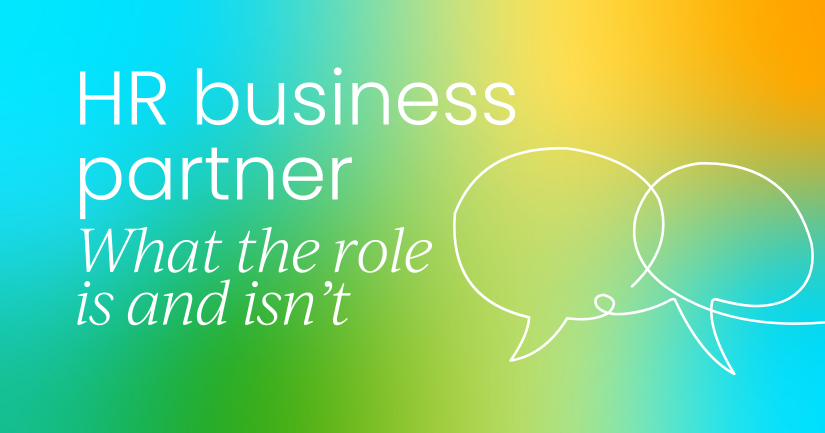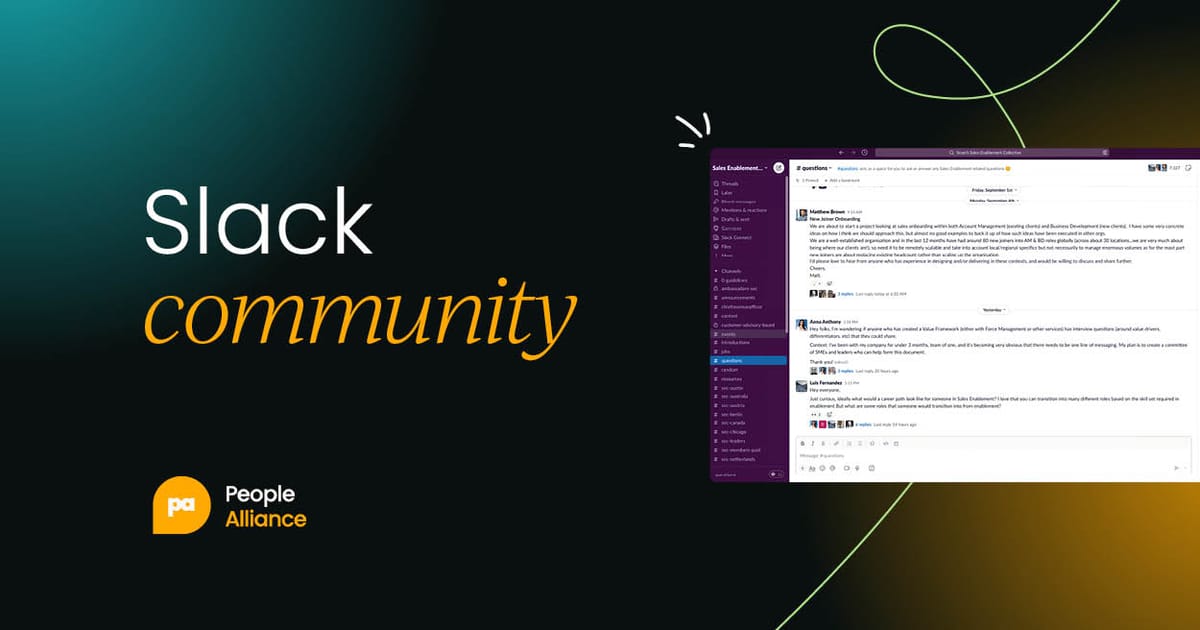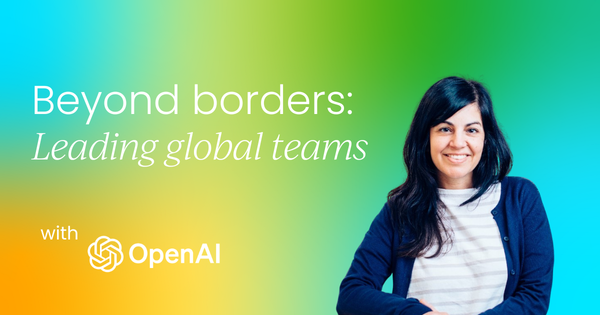This article is based on a talk from People Leaders Virtual Summit when Sam Test Cauthen was Chief People Officer at Invisible. Sam is now the HR Business Partnership at OpenAI.
Over the past decade, I’ve worked with truly global teams — at McKinsey, in EdTech startups, AI robotics companies, and now at Invisible. Each experience has taught me more about what it really takes to build a high-performing workforce across borders.
At first glance, “going global” sounds exciting, and it is. But it also brings a surprising level of complexity, even for seasoned operators. I’ve learned many of these lessons the hard way.
Despite today’s economic uncertainty, I see companies continuing to expand internationally. Why?
- The need for growth
- Diversification of labor
- Pressure on margins
In fact, in many of my recent conversations with founders and executives, the topic of profitability almost always comes up, and with it, international labor strategy.
Challenges to building global workforce
But the challenges leaders expect at the outset aren’t always the ones that hit hardest. Cultural differences? Those can be navigated. HR policy complexity? Manageable with effort.
But compensation, which means creating equitable, fair structures across geographies, is consistently the number one challenge I see.
Recruiting also proves harder than many anticipate, as does aligning systems and ways of working across such a broad landscape.
One quick PSA before I dive into what I’ve learned: there’s a lot of marketing hype around global employment tools like EORs (Employer of Record providers). I’ve used many of them.
They are helpful, but they aren’t magic. You still need to think carefully about IP protection, confidentiality, and co-employment risks. Go in eyes wide open.
How to build a high-performance global team
When I think about building a high-performance global workforce, the basic components of the system aren’t fundamentally different from what I’d design for a domestic team.
The pieces are the same, but the application is different. And those nuances matter.
Here’s what I’ve learned, and what I’d share with any fellow People leader tackling this challenge.
1. Start with clarity
One of the first lessons I’ve had to learn — and relearn — is the importance of being deliberate about your operating model.
Before going global, you need clarity on why you’re doing it and what you’re optimizing for: is it access to specialized talent, cost savings, or market expansion?
I’ve worked within several models. At McKinsey, global expertise was embedded by design. At an EdTech startup, we needed local talent to support market entry.
At Invisible, we’ve explored a fully borderless setup, though even that’s evolving as we learn what does and doesn’t work in practice.
No matter the model, going global comes with real costs beyond just payroll and benefits. Coordination is a major challenge. Time zones, in particular, can be a silent killer of productivity.
2. Invest in consistency
Another hard lesson: consistency in tools, metrics, and ways of working really matters. It’s tempting to let local teams pick their own tools or processes. I’ve done that, and it came at a real cost.
Inconsistent data definitions or workflow rhythms can make it nearly impossible to collaborate effectively or solve problems together.
If your recruiting pipeline metrics or throughput definitions vary by market, for example, your teams will be talking past each other when it comes time to improve hiring outcomes.
One area that’s often underestimated is aligning the rhythm of work. Goal setting, project cycles, fiscal calendars, even holidays, need to be coordinated thoughtfully.
I once worked with a team where the Lunar New Year completely overlapped with fiscal year planning. It wasn’t insurmountable, but it required real intentionality.
3. Cultural adaptation with high standards
One mistake I made early on was trying to blend recruiting and performance processes across markets without fully respecting local context.
In one role, we were recruiting for both Silicon Valley and Shenzhen engineering teams. We wanted a very high technical bar for both, since the teams needed to collaborate closely.
The interview process was about forming cultural fit and relationships, with the real evaluation happening during a three-to six-month trial period. We tried to impose the Valley process and it didn’t land well. Candidates were unfamiliar with it and didn’t perform as expected.
Eventually, we adapted. We relaxed language requirements to expand the talent pool and made performance standards — curiosity, agency, ownership — our non-negotiables, evaluated consistently but in ways that made sense locally.
We also invested in local employer branding, which we’d badly underinvested in at first.

4. The same principles, different practices
When it comes to rewards, I believe your underlying principles should be consistent globally, but your practices can and should vary.
One principle we held tightly to was that the total value proposition, compensation, benefits, and growth opportunities, should be top of market. But how that was packaged varied by location.
One universal element we focused on was learning value. We wanted every employee, regardless of geography, to walk away from their time with us having grown meaningfully in skills and perspective.
That principle showed up in consistent investments in learning and development, lunch and learns, knowledge-sharing programs, and more.
5. Use all the data but know when you have enough
I’m a data-oriented person by nature, and I love working with talented comp analysts. But one of my key lessons is that your data system only needs to be as robust as the decisions you’re making.
As someone naturally data-oriented, one lesson I’ve learned is this: Your data system only needs to be as robust as your decisions require.
Some best practices to bear in mind:
- Gather both quantitative and qualitative data.
- Balance global benchmarks with local context.
- Know when to stop — avoid the trap of endless analysis.
6. Don’t forget to bring humor and swag
Building global culture isn’t just about comp and process. It’s about fostering connection and belonging.
One of my favorite moments at Invisible was organizing a global run day, with employees around the world participating and wearing the same t-shirt.
It was silly, joyful, and surprisingly powerful. Shared artifacts and experiences create glue in a global culture. Don’t underestimate their importance.

Final thoughts
If you take nothing else away from this: be clear on your operating model, invest in consistency where it matters, honor cultural differences without compromising on performance standards, and build your reward systems from clear principles.
Global people leadership is nuanced, complex, and endlessly fascinating. I’ve made plenty of mistakes along the way and I’m still learning. But these are some of the lessons that continue to prove themselves, time and time again.
And through it all, remember: a little humor, a little swag, and a lot of curiosity go a long way.
As a people leader, you're expected to have all the answers, but you don't have to go at it alone. Join our growing community of people leaders for support, ideas, networking, and more.




 Follow us on LinkedIn
Follow us on LinkedIn



